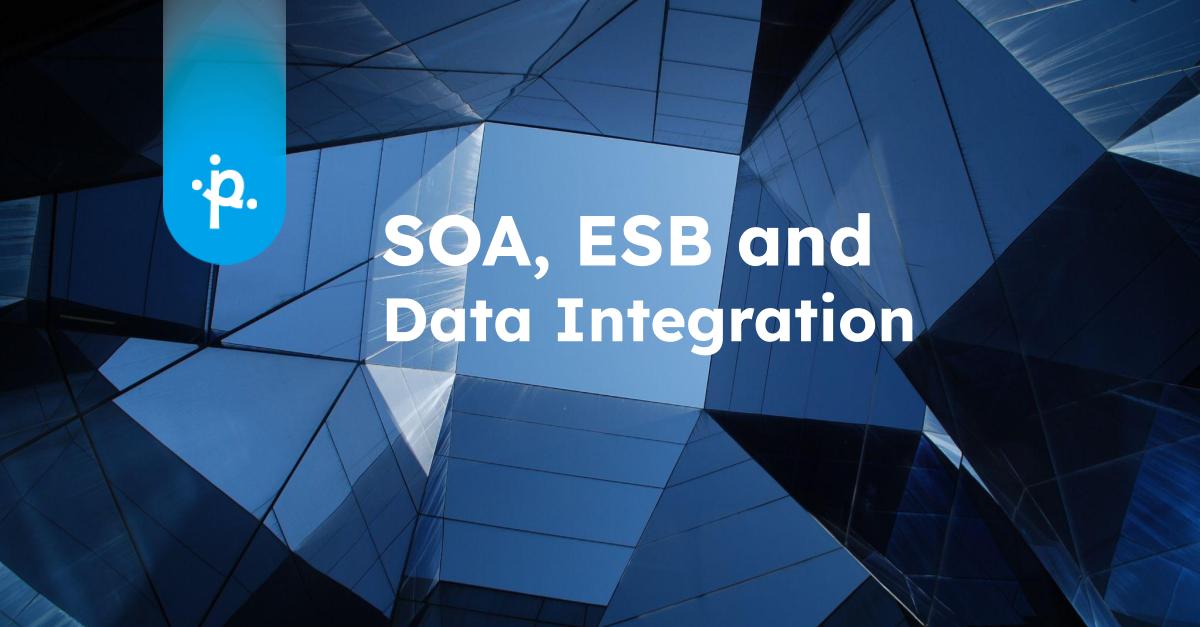
In order to transfer in a simple way, the value and importance of a highly technological topic like Data Integration, I have chosen to start from a fundamental truth and at the same time from a similitude that I find particularly fitting. Data is a crucial asset for organisations and offers a huge competitive advantage when used strategically.
In this sense, we can liken them to what DNA represents for the human body: carriers of vital information! In the case of data, we need this information to make informed decisions, optimise resources and improve operational efficiency.
However, managing the data at our disposal is not enough to have an overall view. It is like having many pieces of a jigsaw puzzle that cannot be put together; what makes the difference is the ability to take data from different sources and then correlate them and make them talk to each other.
How? I will focus on three main aspects.
1. Keyword: decoupling
Integrating data is a methodology that goes far beyond simple data management, because it allows applications to be decoupled: a crucial element in preserving the flexibility of information systems and guaranteeing the business continuity of companies.
Decoupling applications implies not having to modify them in any way when preparing them to produce or consume data for other applications (e.g. by writing interfaces). In fact, we integrate the various applications through their data and not through the applications themselves (through interfaces for example). We therefore integrate the content (data) instead of the container (applications).
The day I decide to change an application from my information system will be much simpler, as that application will not be completely linked and interfaced with all the other applications that have to interact with it (application integration). Finally, by keeping applications independent, Primeur's Data Integration methodology allows companies to evolve and scale without having to redesign the entire infrastructure.
Let's take a practical example: let's imagine a large company with several divisions at global level: production, logistics, sales, etc...
Thanks to the integration of data along the entire supply chain, the company will be able to have an overall view of the supply chain and identify any inefficiencies in the production plants located at international level, intervene promptly to resolve them, monitor the flow of shipments in the logistics area, guarantee an effective reduction in times and costs, speeding up and optimising the sales phases. That same data, once collected and analysed, can be reused to identify new business opportunities, optimise resource management and improve customer satisfaction, thus contributing to the company's sustainable growth.
It follows that the possibility of making the applications independent, i.e. decoupling them, represents one of the most revolutionary aspects of Data Integration, because it allows to work on data by separating the content from the container.
2. Possibility to reuse data, integrated, in multiple contexts
Data reuse is one of the key advantages of Data Integration. Again, if we think about our DNA, we know that the information it contains is the unique heritage of our body and that it is used various times in various contexts and (biological) processes. Similarly, as we said, internal data can be used in multiple contexts: from operational to strategic decisions.
Thus, a specific set of integrated data can be used to optimise cash pooling , but also to monitor compliance with regulations such as GDPR, or even to make decisions related to sustainability because, if a company knows how much CO2 it produces, it can take measures to reduce its environmental impact. In this sense, reuse also becomes a strategic lever of commitment to respect and adopt ethically relevant practices.
3. Innovation and General Purpose Methodology
As a result, Data Integration is no longer just a way to make operations and workflows more efficient, but is characterised as a true ‘general purpose’ methodology, i.e., applicable in different sectors. Whether in manufacturing, banking, insurance or logistics, Data Integration provides an approach that fits into any business context, precisely because it facilitates the reuse and sharing of data in an efficient and secure manner.
A technology strategy that evolves with the needs of a market where the spread of SaaS solutions (such as CRM or business management systems) is increasing, and where, again, the flexibility provided by decoupling becomes essential to ensure that companies can adapt to change without disruption.
The ability to efficiently connect and disconnect applications, systems, data sources and partners is a crucial competitive advantage because it enables organisations to quickly adapt to technological evolutions, launch new products and services with greater speed and drastically reduce development and deployment times. This translates into agility in the sense of the ability to respond promptly to changes while ensuring business continuity.
4. Conclusions
In a world where speed of adaptation is crucial for success, data integration emerges as one of the most powerful levers for companies. In this context, with almost 40 years of experience in the world of data, it is essential for us to help organisations on their journey towards a data-driven approach. Every day we are dedicated to offering effective solutions through our Data Integration platform, supported by a methodology that values agility and simplicity. Looking to the future, and as CEO, I would say that the companies that know how to value data as a strategic asset will be the ones that drive change and successfully adapt to future challenges.
Stefano Musso, CEO of Primeur Group






